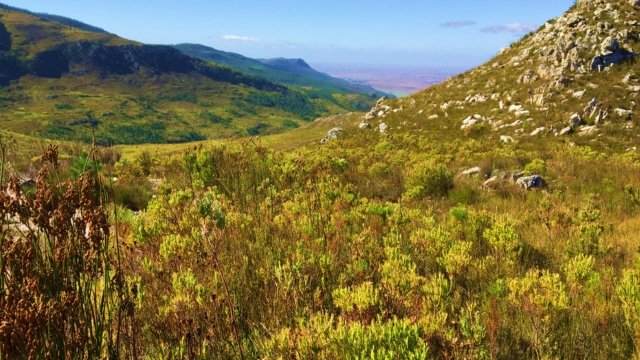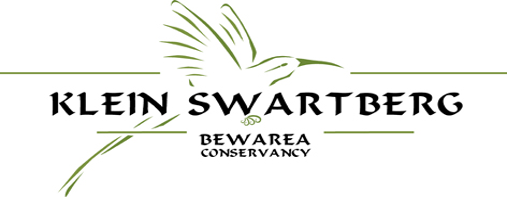Since 2000, the Klein Swartberg Conservancy has united 18 landowners to restore the Klein Swartberg Mountain’s fynbos ecosystem. Under Michael Swart’s leadership, we’ve combated invasive species and revitalized biodiversity,…

Typically restored mountain landscape in the forefront with pristine fynbos diversity but remaining pine infestation in the background.
About Mani Air Solutions
The Klein Swartberg Conservancy was founded in the year 2000 under the visionary leadership of Michael Swart, owner of the historic farm Swartrivier in the district of Caledon in the Western Cape Province of South Africa. The original purpose was to create a vehicle under whose umbrella the 18 private landowner-members of the Klein Swartberg Mountain could combine their endeavours to restore the mountain to its original glory as an irreplaceable jewel of fynbos biodiversity in the crown of the Cape Floristic Kingdom. At that stage it was already evident that the momentum of invasive alien infestation would have to be slowed down significantly if the loss of its original biodiversity and the ecological balance of the entire landscape was to be restored

View from the mountain of the surrounding Overberg grainfields showing the results in the foreground of a successful ecological block-burn.

Valley landscape in the mountain showing the typical swampy habitat of the endemic Moss Frog [Arthroleptella rugosa] with low density pine infestation that would soon invade the habitat of the Moss Frog – unless the threat is removed before it causes severe damage.
Objectives
We conserve the natural resources of the Klein Swartberg Mountain which provides critical ecosystem dependence to commercial agriculture surrounding the mountain.
We restore the ecological balance of the landscape where it has been damaged by invasive alien infestation, changing fire cycles and neglected care in relation to biodiversity management.
We protect and maintain the area as an irreplaceable landscape housing species and populations of plants-, fish-, and frog-species, some of which have become extinct elsewhere and occur nowhere else on the planet.
We promote and initiate the development of the ecotourism potential of the mountain.
We promote an understanding with all stakeholders of how a well-maintained biodiverse ecosystem generates socio-economic benefits into the regional economy.

Locality
The Klein Swartberg Mountain is an inselberg of approximately 10 000 hectares situated between the towns of Caledon and Greyton and directly north of the N2 Garden Route highway approximately 120 km east of the city of Cape Town. The mountain is completely surrounded by commercial grain- and livestock farmland and is the catchment of three rivers along the routes of which a diverse collection of fruit-, wine-, dairy- and vegetable commercial farming enterprises are producing some of the finest export quality products in the province.
The red line indicates the location of the Conservancy in relation to the towns of Caledon, Genadendal and Greyton to the north and the N2 Garden route along its southern boundaries.
Structure And Governance
The Conservancy was first registered on 19 May 2000 with Cape Nature, the Western Cape Provincial Government’s agency for Environmental Management as a voluntary association of landowners. But to comply with Treasury requirements for receiving government funding the association was registered as a Non-profit Company with members in terms of the South African Companies Act. It is governed by a Management Committee (MANCO) annually elected by members at the Annual General Meeting where the annual report and audited financial statements are approved as well. MANCO, who also works closely together with all stakeholders in the Agulhas Biodiversity Initiative, is responsible for the daily management and control of the Conservancy’s finances, administration, contracts, policy development and communication including liaison with government departments, local industry, and surrounding communities. Currently the Chairman acts as the Chief Executive Officer of MANCO.
